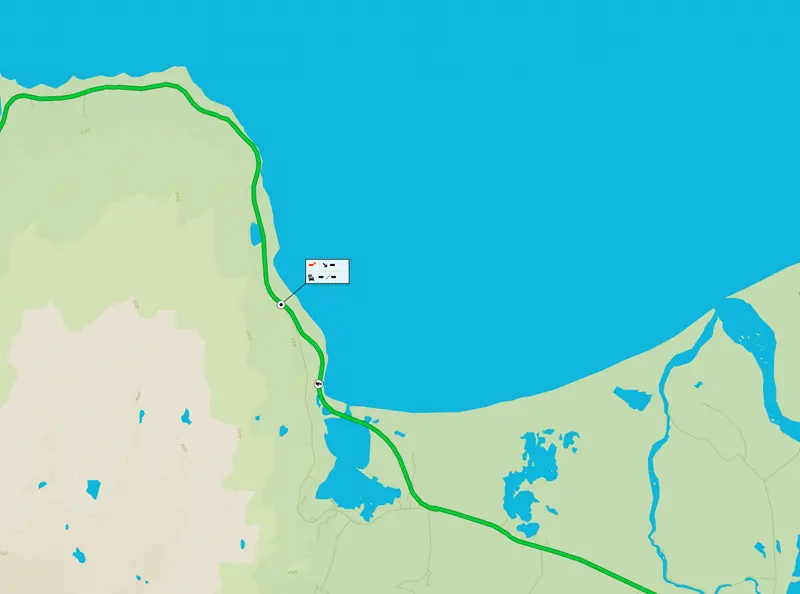PDF · Útgáfa NR-1800-865 / 2970-413-SKY-002-V01 — nóvember 2022Brýr í hringrásarkerfi – Áfangaskýrsla 2
This report has provided information on how circular thinking can influence the design of bridges. The principles of circular economy have been outlined, the circular design strategies identified, and circular design actions have been introduced. There is a clear requirement to push circular economy higher up the agenda in the construction industry as the principles (eliminate waste and pollution, re-use and longevity, and protecting nature) go hand-in-hand with the Icelandic national ambitions to cut greenhouse gas emissions by 40% by 2030 under the Paris Agreement. Methods from the Netherlands, which is a world leader when it comes to the circular economy, have been used to assess the circularity of two footbridge alternatives with respect to the overall goals of material availability and protecting the environment. A steel footbridge performed better in terms of material resource protection but adversely in terms of environmental protection/environmental costs, in comparison to a concrete footbridge at the same location. This circularity assessment has informed on how circularity can be improved. A ‘Circular Design Framework for Bridges’ has been drawn up. It builds on a Circular Buildings Toolkit by adopting the same circular design strategies. The framework consists of 42 design actions aimed at improving bridge circularity. The actions have been prioritised, and it is the view of the authors that some of the design actions can be implemented immediately. A follow-up to the project will support this implementation, in close dialogue with bridge owners.

Brýr í hringrásarkerfi – Áfangaskýrsla 2












